By Kevin Smith
Selecting the appropriate below-grade waterproofing solution for your specific project and unique conditions is not always an obvious choice. A wide variety of issues must be considered in order to make the proper selection — basically the “do’s and don’ts” of below-grade waterproofing. The questions to be considered should include: the requirements of the project itself, jobsite conditions, the experience of the installation team, the construction and inspection schedules, and—of course—the cost.
What is a Below-Grade Waterproofing?
Below-grade waterproofing refers to waterproofing applied below ground level that comes into contact with a building or structure. ASTM defines waterproofing as the treatment of a surface or structure to prevent the passage of water under hydrostatic pressure. Putting these pieces together, one can better visualize and understand what we’re focused on, which is keeping the underground portion of these structures functioning the way the space was intended and designed.
What Does The Job Require?
When selecting the appropriate waterproofing system for your project, it is important to have an understanding of the owner’s goals and the required performance of any waterproofing system. Integral to this is an understanding of the jobsite itself. A geotechnical report will assist and help one start to define some of the possible conditions that may have to be dealt with. Soils, possible contaminants, chemicals, etc. could dramatically affect the performance of some types of waterproofing. For example, a bentonite-based system could be negatively impacted when coming into contact with salt water. (Salts could impede the clay from swelling and render it less than effective.) There are versions of these bentonite systems that are now built to be more contaminant resistant, and specifically designed with this in mind.
Are specific chemicals found in the soils tested in the geotechnical report and how might these items be addressed? Will your team be working in the water table? Will the water be fresh, salt or brackish? If working into the water table, the contractor may have to install ground water pumps to allow the waterproofing team to do its job, while dealing with any environmental constraints based on federal, state and local restrictions.
Will the waterproofing be applied on property-line, or blind-side construction or on a back-filled wall? Each of these situations poses its own set of considerations. The substrate onto which the waterproofing will be applied is another important consideration. Is it a mud slab where flowable fill was used, and could this have any impact on a waterproofing membrane or system? Can waterproofing be placed directly on compacted soils, new concrete, old concrete, and does the system require a smooth and planar surface in order to be effective? Effective waterproofing will also require compatible accessories such as waterstops, proper flashing details, terminations, and drainage composites. These items should be properly incorporated in the project details, and could easily be impacted by one or many of your jobsite conditions and trades.
Another important facet of sound practice is substrate preparation, especially when dealing with property line construction. When product is being applied against a retaining wall from the inside, care and planning are necessary to help ensure a successful installation. As an example, soldier piles and lagging, sheet piling, etc. can present unsuitable working surfaces and potentially harm the membrane. All protrusions that could tear, puncture, or leave large gaps or voids behind the membrane should be reviewed and corrected prior to the installation. It’s easy to state what is needed, but execution in very demanding environments doesn’t happen without appropriate coordination with all parties involved, including varying trades that overlap the progression of work.
What are the Schedules?
Applying waterproofing requires a schedule that must be worked around, not to mention many other trades including site excavation, iron workers, electrical, plumbing, welders, etc. At times, these trades may inadvertently damage previously placed waterproofing. Advanced knowledge of the construction and inspection schedules can help to remediate damage and hold the appropriate parties accountable, as these issues can often be caught well before they’re buried permanently.
As with any other trade, the waterproofing crew must be involved with the pre-job meetings, have a contingency plan in place for handling on-the-job special conditions, and must understand damage remediation protocols. For example, how does one protect the waterproofing membranes from damage when backfilling the excavated space? How does the contractor ensure penetrations for conduits or piping are watertight? Were these details reflected in the plans and specifications in advance? What can be done to relieve hydrostatic head pressure that may build up against a structure during times when soils are charged?
Owners should consider hiring a qualified, third-party inspector that has the owner’s best interest in mind. This should also be incorporated into the specifications, along with the expectation that inspection services will be paid for by the owner. If not, the scenario could resemble the fox watching the henhouse.
Also, does the manufacturer of these waterproofing products offer multiple solutions so the team isn’t trying to fit a square peg into a round hole, or are they simply pushing the theory that a particular product is suitable in every condition? If the latter is true, this should sound an alarm.
With experience, one learns there are strengths, weaknesses, varying performance levels, and costs with all solutions and building methodology, so this should be carefully discussed and reviewed with the waterproofing design team. As with anything, proper planning and careful consideration goes a long way when success is your only option in the below grade arena in order to maintain every foot of valuable space within these structures.
What to Use?
The range of waterproofing products and solutions is mind-boggling. Many waterproofing manufacturers offer multiple product lines, each with their own specialization and detailing products.
For example, Mapei provides a wide array of below-grade waterproofing options that have decades of proven success around the globe. These products work as a system to prevent water infiltration into buildings. Mapeproof is their sodium bentonite geotextile waterproofing membrane.
Constructed using layers of woven and non-woven, puncture-and tear-resistant polypropylene fabrics, it also contains a high-swelling, self-sealing sodium bentonite that will swell to many times its mass when hydrated. When adequately confined, it forms a strong seal impermeable to water. In addition to standard grade Mapeproof HW, it’s offered in an alternate grade (Mapeproof SW) designed specifically for sites where contaminated or salt groundwater is present. Mapeproof is mechanically fastened in place with substrate-compatible fasteners and washers.
Another product line, Mapethene, is a self-adhering, rubberized asphalt sheet membrane. It’s constructed of a 4-mil thick, impact-resistant, cross-laminated, high density polyethylene (HDPE) film laminated onto a proprietary 56-mil-thick rubberized-asphalt compound. Mapethene is offered in both high temperature (Mapethene HT) and low temperature (Mapethene LT) variants. Being a self-adhering membrane, the product is applied by sticking it in place with the appropriate surface primers.
The company also offers liquid waterproofing products. Planiseal is a cold fluid-applied, single-component, 100% solids waterproofing membrane. It is an option for both horizontal and vertical applications, as well as for backfill and overburden installations. A liquid that can be applied by roller, brush, trowel, or squeegee, Planiseal CR1 provides a fast, solvent-free cure, with virtually no odor, and is possibly suitable for use in confined space. Although applied like a coating, because its formulation is 100% solids, it will not shrink. Because it is VOC-compliant, it is approved for use in virtually all municipalities.
The Planiseal CR1 system consists of the fluid-applied membrane, a reinforcing fabric, Mapedrain drainage composites to protect the Planiseal membrane and to filter and channel water away from the structure, protection board, waterstops, and products for detailing corners, seams and penetrations.
Kevin Smith is the national director of Mapei Corp.’s Concrete Restoration Systems(CRS). With more than 25 years of waterproofing experience, he’s been involved in many notable projects around the country. He can be contacted at kesmith@mapei.com.
Summer 2019 Back Issue
$4.95
Growing A Basement Business
Below-Grade Waterproofing 101
Rehabbing Aging Concrete Wastewater Infrastructure
Green Roof for A Stadium
AVAILABLE AS DIGITAL DOWNLOAD ONLY
Description
Description
Growing A Basement Business
By Vanessa Salvia
Contractors seeking to grow their waterproofing business have a number of options, including adding structural repair services, mold remediation, and sump pump servicing.
Below-Grade Waterproofing 101
By Kevin Smith
Selecting the appropriate below-grade waterproofing solution for your specific project and unique conditions is not always an obvious choice.
Rehabbing Aging Concrete Wastewater Infrastructure
Easy to apply and resistant to abrasion and chemicals, polyurethanes are becoming a popular choice for sealing water and wastewater tanks.
Green Roof for A Stadium
In the past few years, a number of exceptional green roof projects have been completed. One of the most notable features a vegetable garden atop America’s oldest baseball stadium.
Additional Info
Additional information
| Magazine Format | Digital Download Magazine, Print Mailed Magazine |
|---|

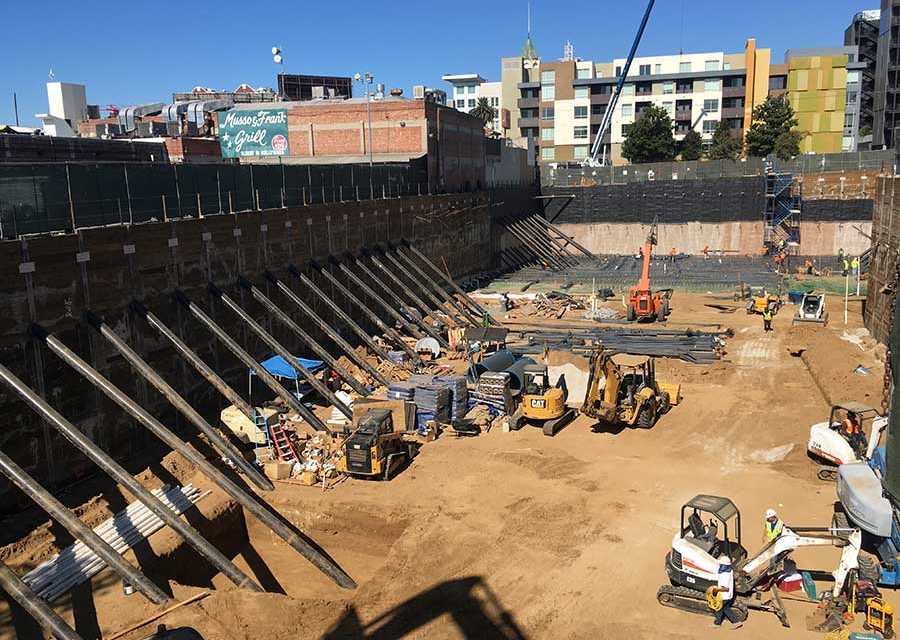
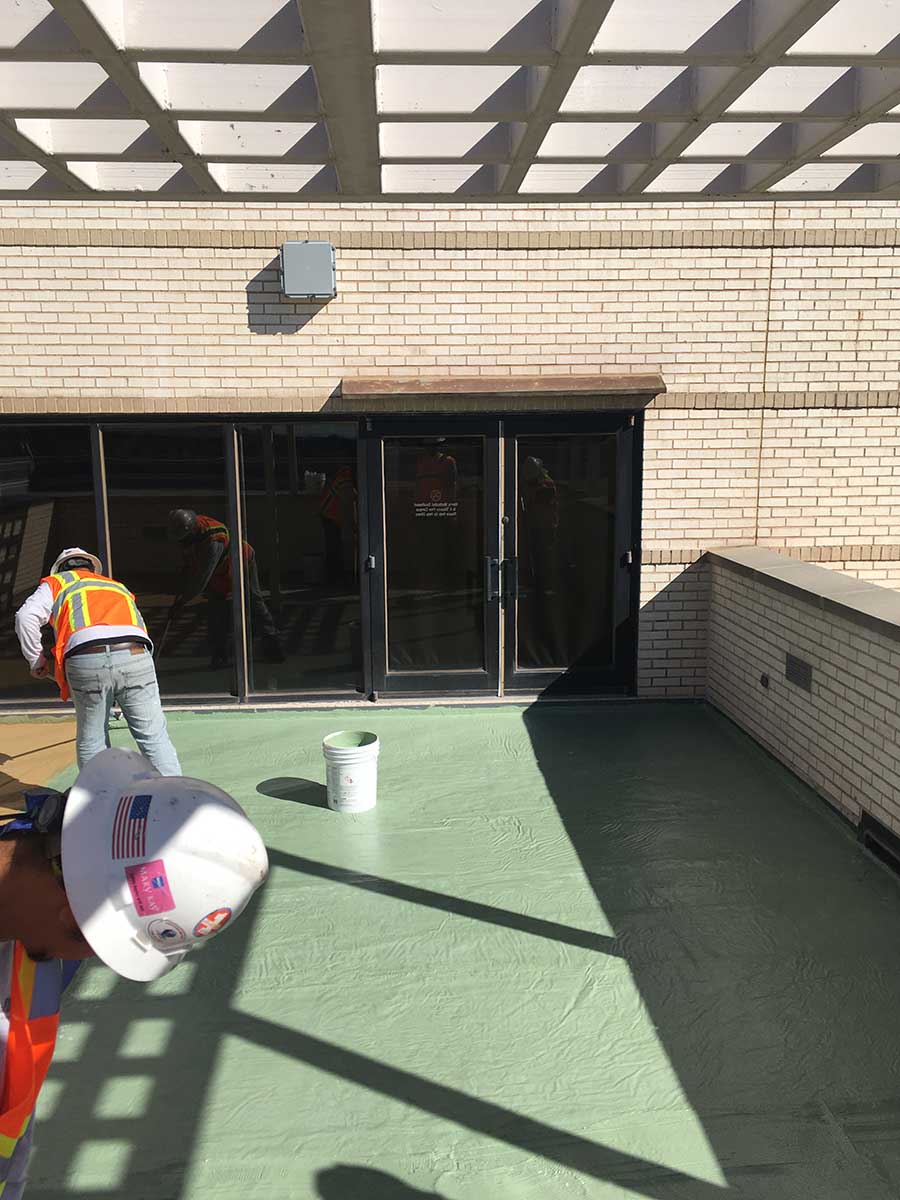
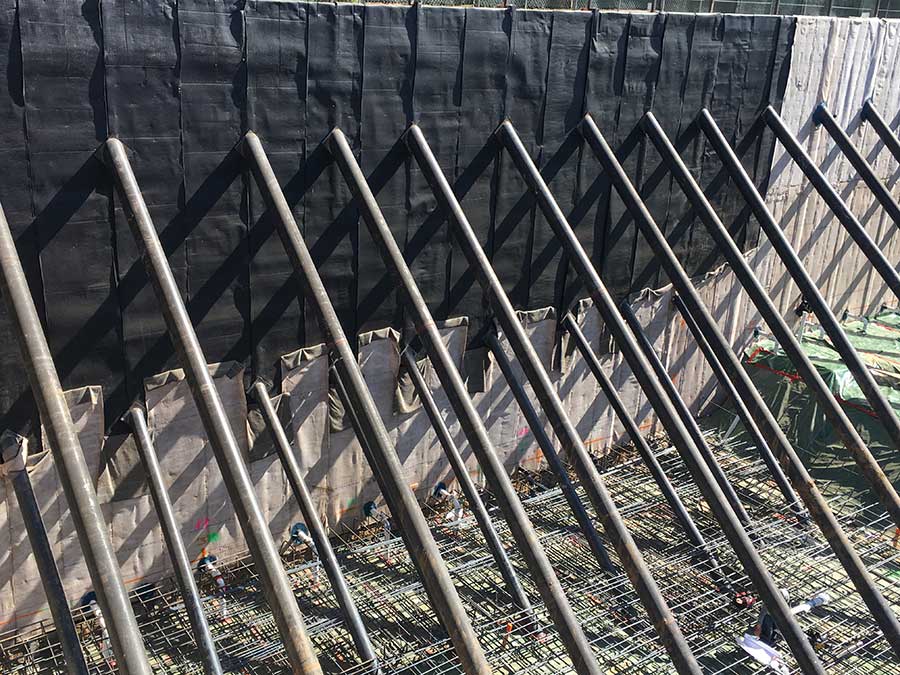
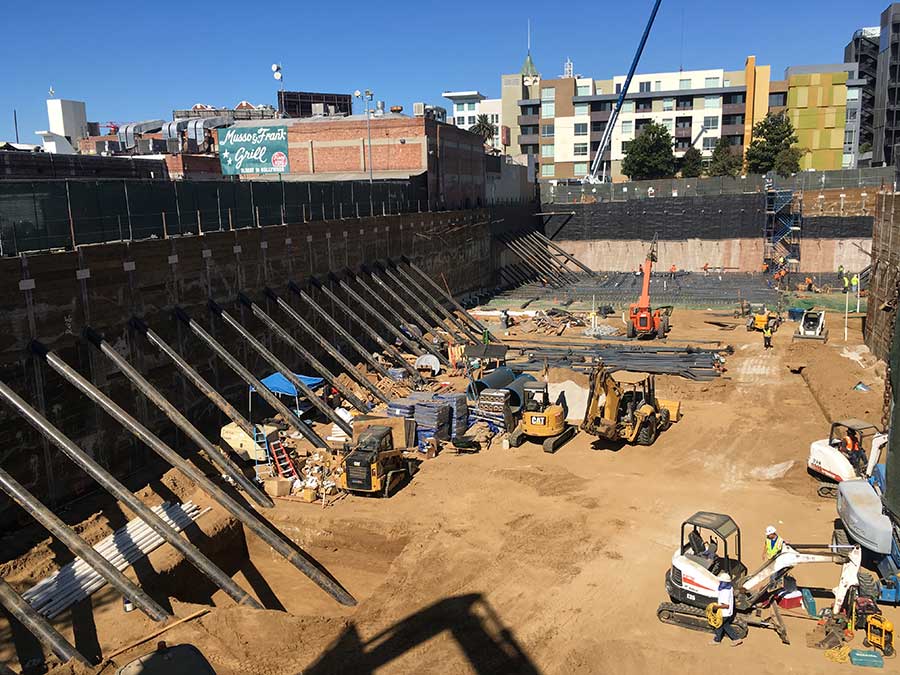
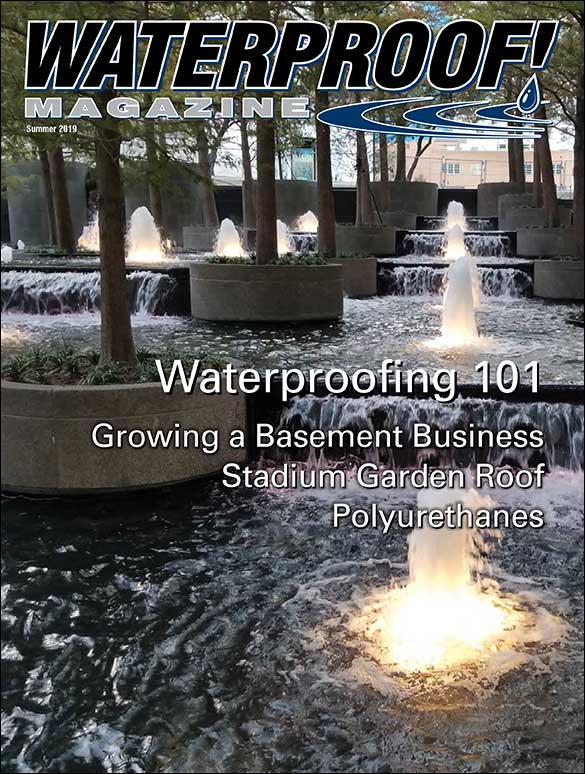

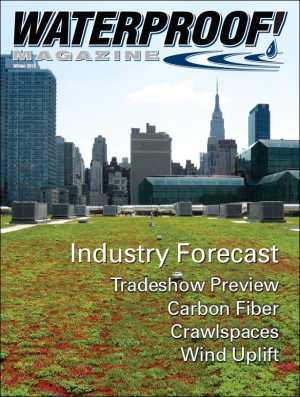
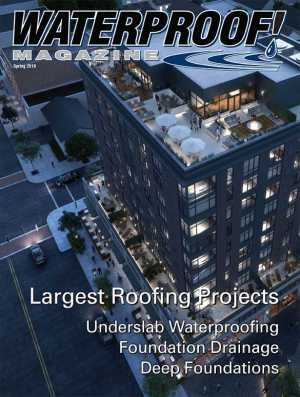

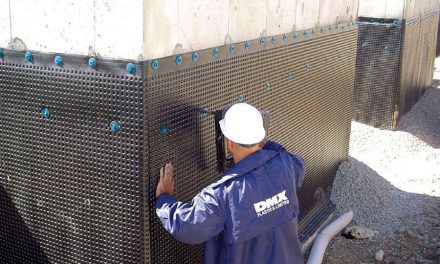
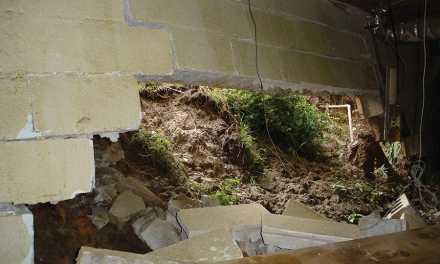
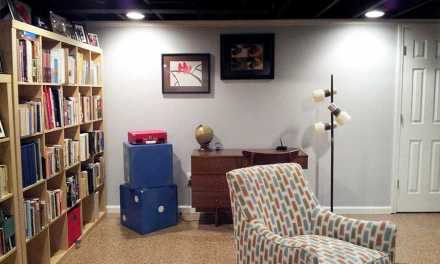
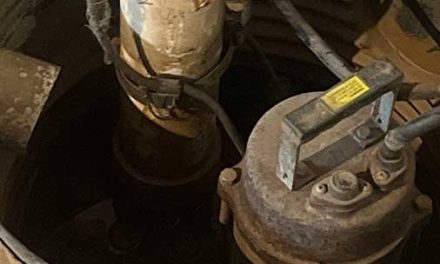










Trackbacks/Pingbacks